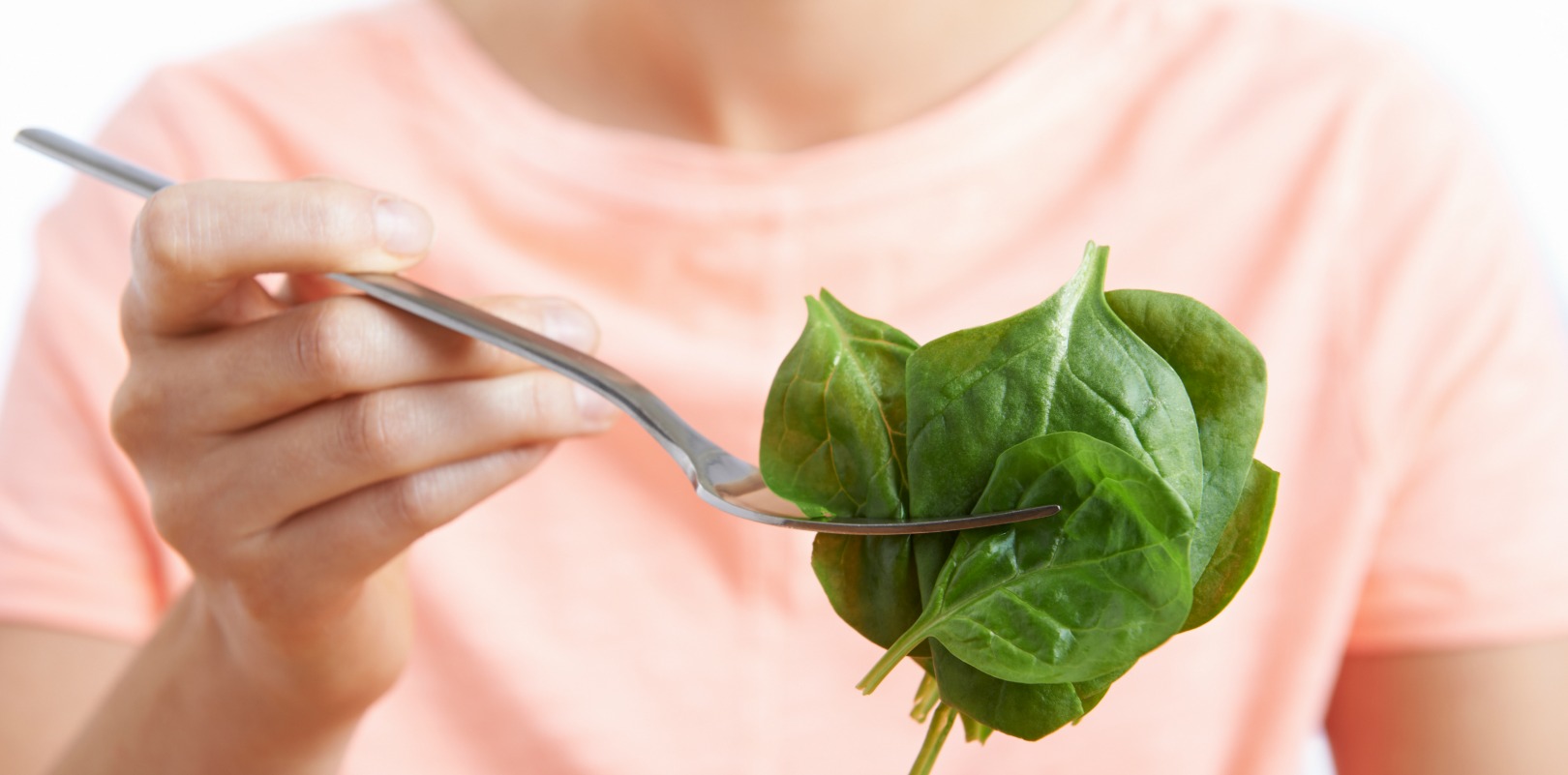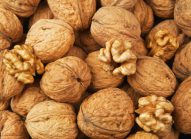- Folic acid, folates, and vitamin B9 are all the same vitamin
- Folates, or folic acid, draw their name from where they were found: in leafy greens (folium = leaf)
- They are water-soluble vitamins
- They are essential to the development of an unborn baby’s brain
- They contribute to the production of DNA and to cellular growth
- They are important for pregnancy, and for children and teenagers
Why should we
eat some daily?
Like all vitamins in the B group, Vitamin B9 is water-soluble, which means it dissolves in water. Vitamin B9 is also called folic acid when talking about the synthetic form used as a supplement, and folates when referring to the kind that is naturally present in food. Since it is involved in all cell growth processes, it is important to eat some every day, particularly in certain periods of life: during childhood and teenage years, when planning to have a baby, and during pregnancy.
Are you pregnant ? Do you want to protect your health and that of your child? Then it’s the perfect moment to adopt new habits, and switch to a healthy and sustainable diet. We show you how! !
Moreover, the body cannot synthesize folic acid or its metabolically-active derivatives. Their precursors, food folates, are found in unstable and complex forms in nature. In other words, people should consume enough vitamin B9 daily to meet the needs of the body.
What is
its role?
Vitamin B9 plays an essential part in producing genetic material (DNA, RNA) and amino acids that are essential for cell growth. It also plays a critical role in brain and nervous functions, especially in the synthesis of neurotransmitters (the messengers of nerve cells).
And that’s not all! It is involved in the formation of red blood cells as well as in the immune system, helps heal wounds, and reduces the formation of homocysteine, a molecule which is linked to cardiovascular diseases when found in high levels.
What is the
recommended intake?

Where is
it found?
Leafy greens are the main dietary source of vitamin B9. But they are also found in significant quantities in citrus fruits, pulses, and whole grains.
Vitamin B9
content in food
| Vitamin B9 content in food | mcg/100g |
| Cooked chicken liver | 670 |
| Foie gras | 566 |
| Cress | 214 |
| Dandelions, raw spinach | 190 |
| Parsley, pattypan squash, lamb’s lettuce, pâté de campagne | 160-170 |
| Nuts | 155 |
| Brie, chestnuts, cooked spinach | 140-150 |
| Hazelnuts, asparagus, raw broccoli, peanuts, melons, cooked chickpeas | 100-110 |
| Blue cheese, cooked sorrel, Brussels sprouts, cooked white beans, lettuce, raw cauliflower | 80-100 |
| Red kidney beans, cooked broccoli, almonds, croissants, lychee, cooked kidneys, Coulommiers cheese, strawberries, cooked lentils, cooked cauliflower, whole cooked egg | 60-80 |
| Source: Ciqual |
Preconceived notions
about vitamin B9
Vitamin B9 is sensitive to oxygen, light (UV), and heat, which contribute to its destruction. Store your vegetables in the fridge to protect vitamin B9 from light and heat. Avoid cooking vitamin B9 for long periods of time in too much water: it is water-soluble and may “escape” in the cooking water. Choose cooking methods such as steaming or smothering.
Also keep in mind that contrary to preconceived notions, frozen vegetables retain a significant amount of vitamin B9, thanks to a rapid cooling process used within hours of harvest.
Certain studies suggest that increased consumption of folic acid reduces the risk of cardiovasculair events, cancer and the loss of cognitive functions related to aging. However, these effects have yet to be confirmed by the scientific community.
What are
its particularities?

Folic acid is a nutrient used in synthesizing proteins and genetic material. Because of this, it has an essential role in cell growth, particularly neurons and bone marrow cells. This role is absolutely crucial in the first weeks of pregnancy, as vitamin B9 helps develop the precursor to the brain in unborn babies: the neural tube. More specifically, it prevents the risk of failure of closure of the neural tube, a condition called spina bifida. This is why it is recommended for women to increase vitamin B intake (by combining a diet rich in vitamin B9 and the use of a supplement) as soon as they plan to have a baby and during the first trimester of pregnancy in order to reduce this risk. Also, it is recommended for all women to make sure they have sufficient folic acid intake starting in their teenage years.
What if I eat
too much or too little?
In addition to negative consequences during pregnancy (such as spina bifida, anencephaly, growth retardation, and premature birth), vitamin B9 deficiency hinders cell renewal, especially in blood cells (red and white) as well as intestinal, liver, and skin cells. Signs of deficit include anemia, digestive and neurological problems, and mucosal damage (for example, gum damage).
There is no risk of excess vitamin B9 intake from food. The body eliminates excess vitamin B9 as needed, because it is a water-soluble vitamin, and so can be passed out of the body in urine



 Bell pepper
Bell pepper  Carott
Carott  Vegetable garden: growing rutabaga
Vegetable garden: growing rutabaga 













